Shifting to an eco-friendlier world is no longer a choice, it’s a necessity. The world can no longer ignore the continuous record-breaking heat, the loss of complete ecosystems, extinction of animal species and extreme weather disasters.
Over the past few decades, many individuals have strived to reduce their environmental impact and become environmentally conscious. “Going Green” means reducing a person’s carbon footprint and eliminating wasteful practices. And while it may seem impossible that just one person can make a difference, that one person can reduce their burden on the environment by making informed decisions and correcting routine behavior. Nobody can completely fix the environment and atmosphere on their own, but we can all be part of the generation that takes better care of the climate.
Here are 13 small changes that you can start doing to make a positive change for the environment:
1. Invest in a reusable water bottle
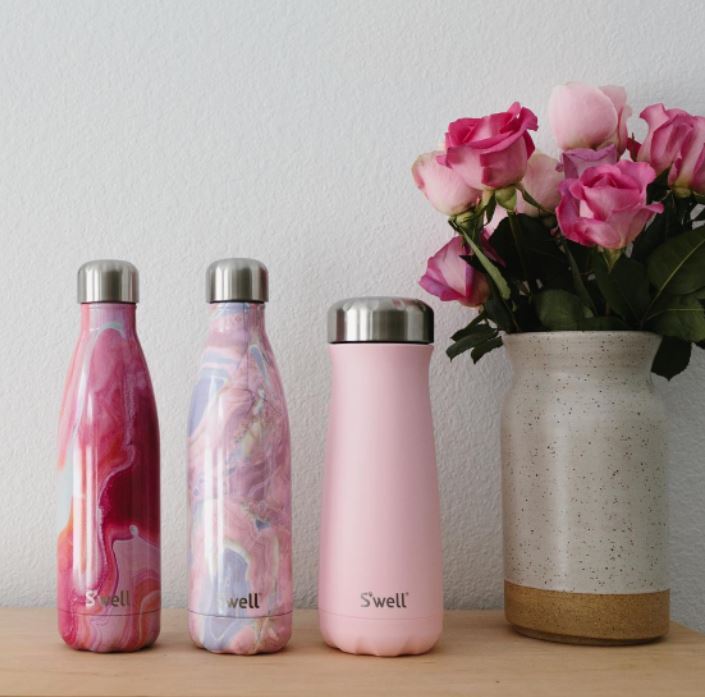
According to the stainless-steel water bottle company, Swell: “Plastic beverage containers are a massive source of plastic pollution. In one day alone, the United States trashes around sixty million bottles, and it is expected by 2050 that there will be more plastic by weight than fish in the ocean. So despite our best recycling efforts, they often still end up in rivers and oceans and disrupt marine life.”
2. Invest in a travel coffee mug

Plastic bottles aren’t the only beverage containers adding to the pollution crisis. Roughly 2.5 billion single-use coffee cups are discarded globally each year. Plain Products Blog estimates one person who throws away one single-use coffee cup each day contributes about 23 pounds of waste every year.
Additionally, Keurig K-Cups have come out with reusable coffee filters that are compatible with all Keurig machines!
3. Invest in reusable straws
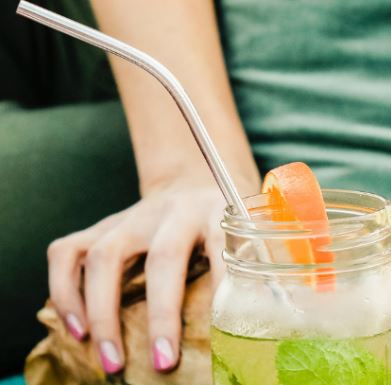
In the United States, approximately 390 million plastic straws are used and discarded in a single day. The type of plastic used for single-use straws is not recyclable so they often end up at the landfills. Straws that don’t make it to the landfills have the potential to harm, suffocate and kill animals who mistake them for food due to their small, slim size.
4. DIY cleaning products

Creating your own cleaning products is cheaper and lessens your exposure to harmful chemicals and it’s better for the environment! Many of the chemicals found in store bought products do not easily break down and are only partially removed by wastewater treatment plants.
Materials like white vinegar, baking soda, liquid soap, rubbing alcohol, hydrogen peroxide, hot water and essential oils can create many household cleaning products.
Remember to always research safety precautions when creating diy cleaning products.
Bleach and vinegar should NEVER be mixed. Combined produces chlorine gas.
Bleach and ammonia should NEVER be mixed. Combined produces chloramine gas.
Bleach and rubbing alcohol should NEVER be mixed. Combined produces chloroform.
Hydrogen peroxide and vinegar should NEVER be mixed. Combined produces peracetic/peroxyacetic acid which is highly corrosive.
5. Turn off the faucet when brushing your teeth
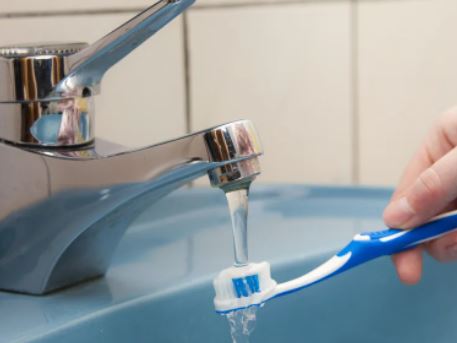
North Richland Hills Dentistry, says turning off the water between wetting your toothbrush and rinsing your mouth after brushing can save an estimated 10 gallons of water a day for your household.
Anywhere is susceptible to a water shortage because the world’s water supplies have been taken advantage of for decades. Climate change is supplementing this issue because weather conditions and precipitation are becoming increasingly more volatile and it could disrupt the stability of our water supplies. Water usage needs to be more closely monitored due to this concern.
6. Use reusable grocery bags when shopping

Like other single-use plastics, grocery bags tend to clutter up our landfills. Plastic bags can take anywhere from 15 and 1,000 years to break down. Only about 1% of the 100 billion plastic shopping bags used by Americans every year are actually recycled.
Instead of using paper or plastic at the grocery store next, consider investing in a heavy duty, washable tote that you can use over and over again.
Here are 10 recommended brands according to the Good Housekeeping Blog.
7. Use shampoo bars, conditioner bars and soap bars instead of plastic bottles

Shampoo bars, conditioner bars and soap bars don’t require plastic packaging like their liquid soap counterparts. This makes them a more environmentally friendly option!
According to Pacific Spirit: “Many traditional bottle shampoos are filled with preservatives and chemicals that strip hair of its natural oils and leave the scalp dry. Shampoo bars contain many more natural ingredients that are good for hair, such as natural oils, vitamins, and minerals.”
8. Unplug your electronics/appliances when they’re not in use

Appliances and electronic devices continue to consume energy when they’re plugged in even when they aren’t being actively used or turned on. This is referred to as ‘Phantom Energy.’ The United States Department of Energy estimates that 10% of electric consumption comes from phantom energy. Reducing our electric consumption can be as easy as unplugging unused electronics and appliances.
9. Familiarize yourself with recycling rules
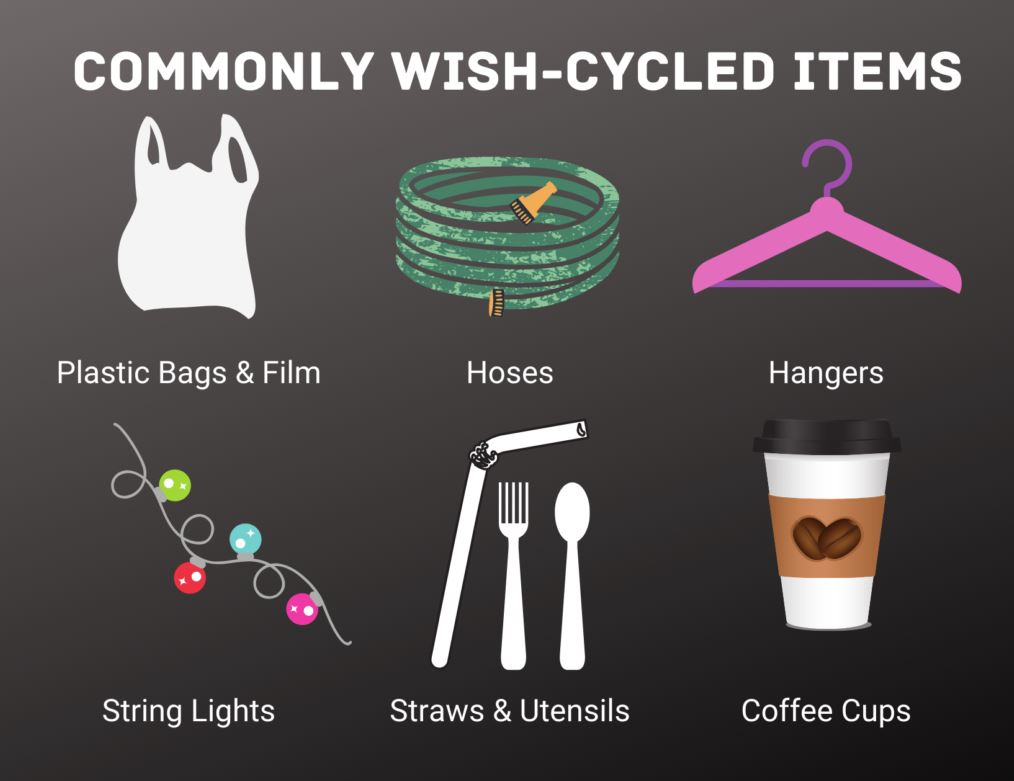
It goes without saying that recycling is important for our planet. Even though nearly everyone knows this, there are still billions of people who aren’t familiar with proper recycling rules. One of the biggest problems is that most people think they recycle correctly, but what they’re really doing is ‘wish-cycling.’
According to Recycle Nation: “Wish-cycling is the practice of recycling items that cannot be recycled. It stems from the best intentions. You wish or hope that something you’ve bought or use regularly can be recycled. Instead, your good intentions end up costing recycling companies more time and money. Worse, it can impact recycling at a later processing point.”
The most common items that are ‘wish-cycled’ are typically things you would expect can be recycled. This is why it’s crucial you research recycling rules and actively apply them.
10. Shop local produce
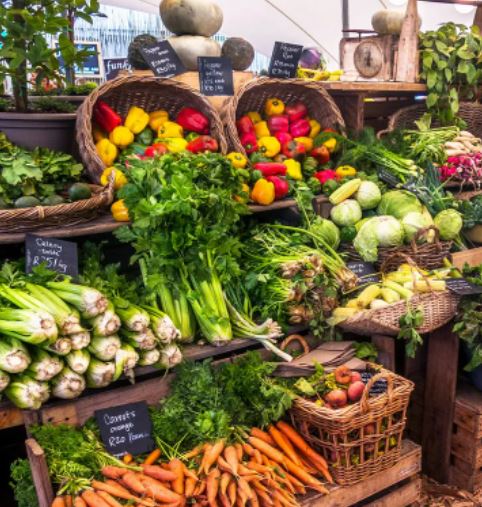
Buying locally helps the environment by reducing food miles and greenhouse gas emissions. It also protects local land and wildlife.
11. Bike or walk when you can instead of driving or taking the bus
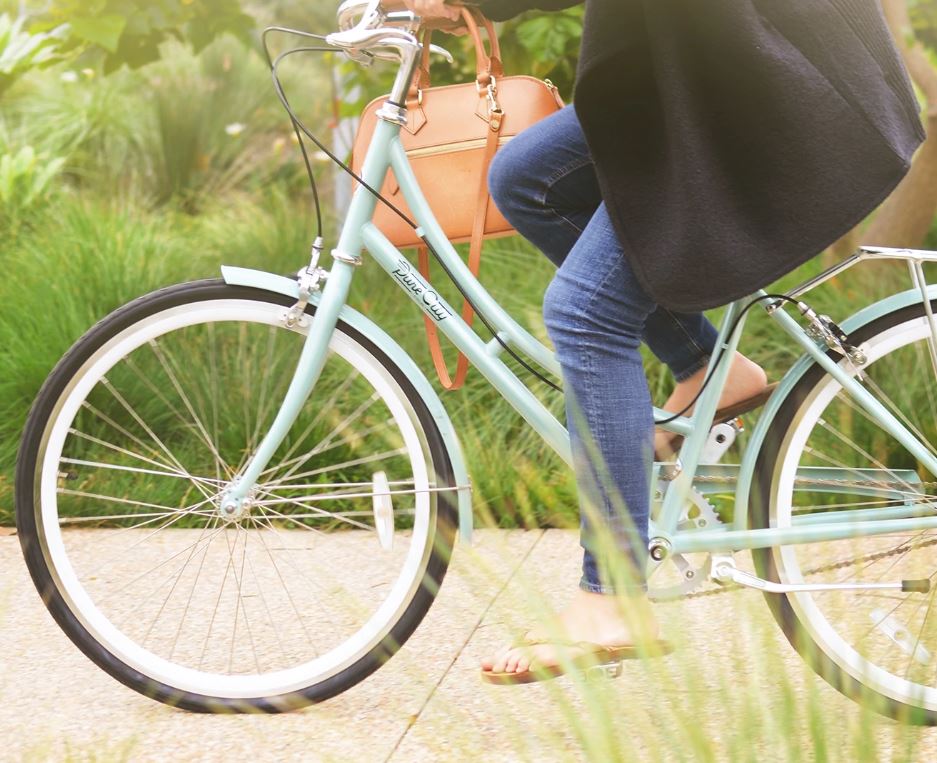
When you bike or walk to your destination instead of driving or taking the bus, you don’t use gas or contribute emissions that harm the atmosphere. UCLA Transportation suggests that even just a moderate increase in biking each year could save between 6 to 14 million tons of CO2!
12. Plant a vegetable / flower garden
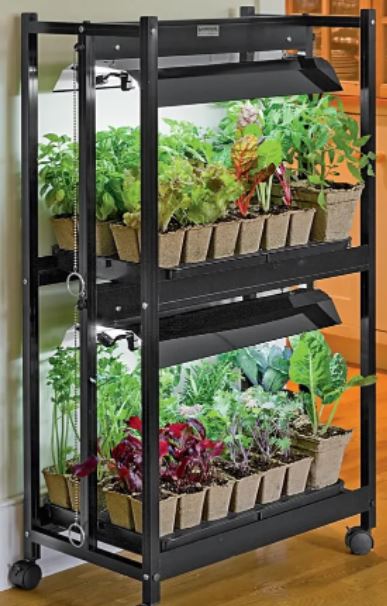
Gardening decreases carbon dioxide while also producing more oxygen! It’s a win-win situation! Flower gardens help the bees and when you plant a vegetable garden to supply your own produce, you’re lowering your carbon footprint by eliminating food miles! If you need tips on apartment gardening, check out our March 2020 blog.
13. Donate gently used clothes to keep usable material from ending up in the landfills
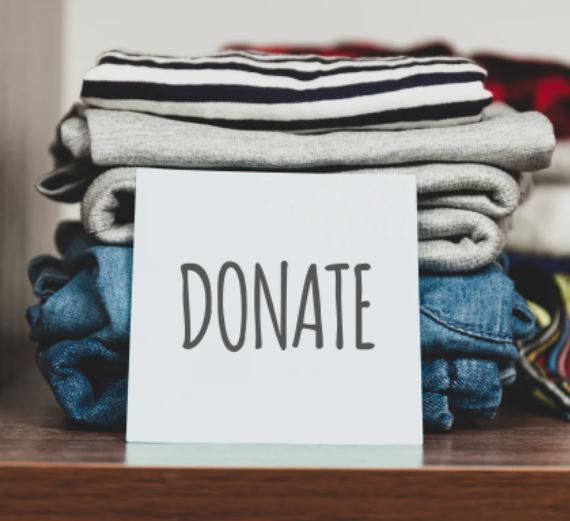
Approximately 20% of global production waste comes from the clothing industry because mass-produced clothing lines tend to use fibers like polyester, spandex and nylon that can take upwards of 200 years to break down! Serious harm to the environment can occur from these fibers being left in the landfills. Unfortunately, many clothing items end up in the landfills when they still have usable years left. This is where donating comes in handy! When gently used clothing is donated instead of discarded, the clothes get another chance at life making it an eco-friendlier option.
Transitioning to an eco-friendlier way of living can be simple if you begin introducing these 13 simple changes to your life!
